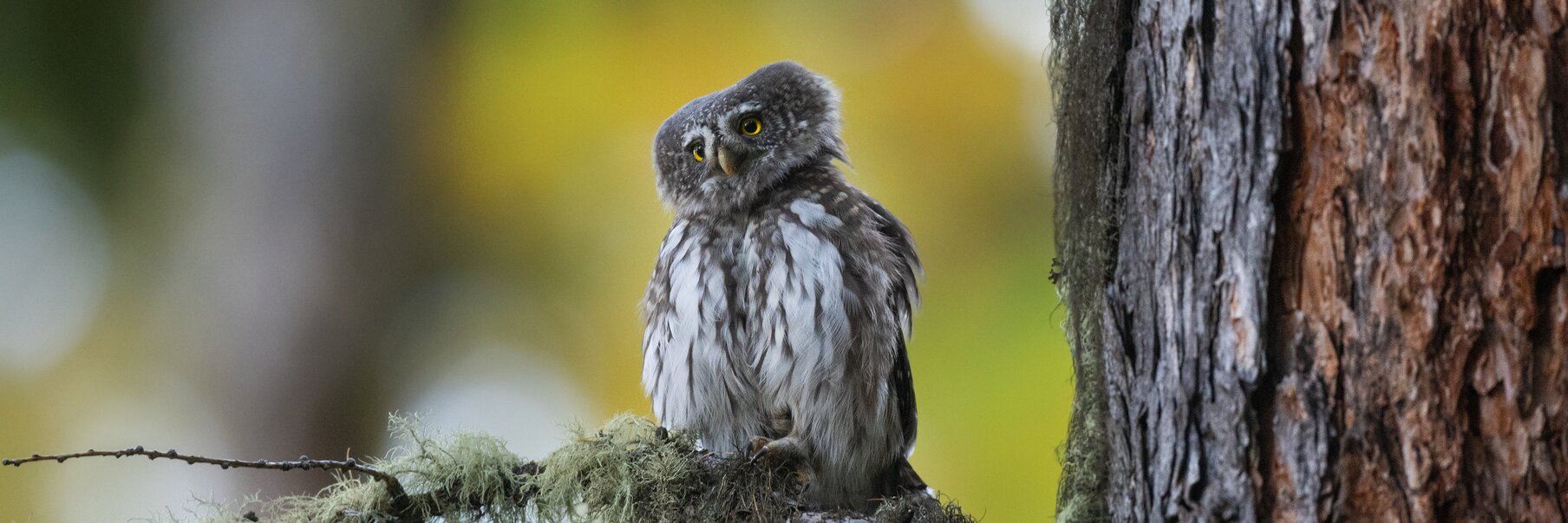

06.02.2023
Forest & wildlife areas
Zermatt has changed a lot in the last 100 years. The village at the foot of the famous Matterhorn has become bigger and more international. The surrounding mountain world is also better developed today and thanks to the Zermatt mountain railways, visitors from all over the world can experience nature up close. Visionary thinking, a lot of know-how and innovative projects make Zermatt one of the most successful tourist destinations. However, the preservation of the unique natural landscape has never been forgotten and even today over 80% of the landscape in and around Zermatt is still natural.
Protective forests and their function
The term is basically self-explanatory. In general, a protective forest is referred to as the mountain forest above villages, roads and tracks in mountainous areas. It prevents the occurrence of natural hazards such as avalanches, rockfall, and erosion or slows down these hazards and thus protects the residents of the valley and the infrastructure in the settlement area. In the Swiss Alps, mountain forests protect over 7,000 hectares of densely populated settlement and industrial zones and countless transportation routes. There are also various protective forests in Matterhorn Paradise that have this important function and at the same time provide a home for the wild animals of the Zermatt mountain world. The maintenance of the forests is a preventive measure and is associated with costs, but often saves the construction of artificial structures.
The wildlife in the Zermatt mountains
If you are traveling in Matterhorn Paradise and observing the landscape attentively, you will repeatedly have breathtaking images and encounters. The wildlife is usually inconspicuous and values peace. This makes it all the more important to respect the marked forest & wildlife areas. These areas are marked and indicated on the interactive map of the Zermatt mountain railways. Whether it is a ibex with its one-meter long horns or the bearded vulture with a wingspan of up to 2.8 meters - the diversity is enormous.
Winter months are a difficult and strenuous time for the animals - food is limited and movement is exhausting with higher snow levels. Any so-called disturbance leads to the flight of the animals and causes stress - which in turn increases energy consumption. Disturbances include approaches by skiers and snowboarders at high speeds, surprise effects due to sudden appearance of people, and encounters outside the marked routes where animals are resting or looking for food.



























